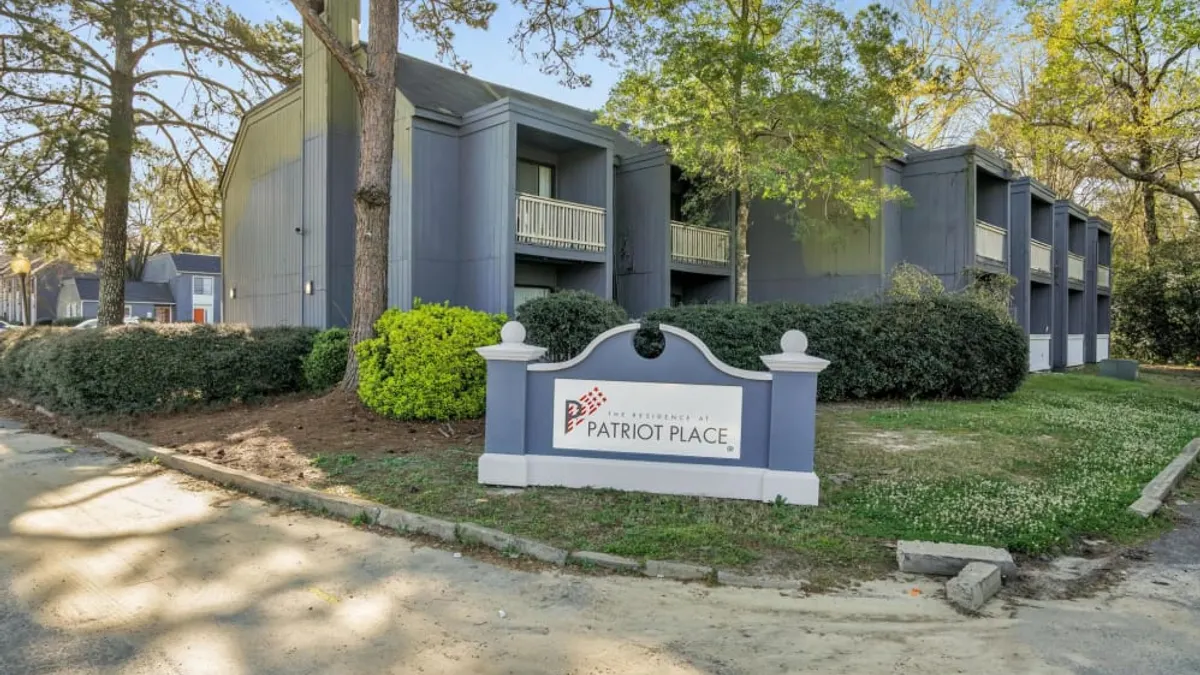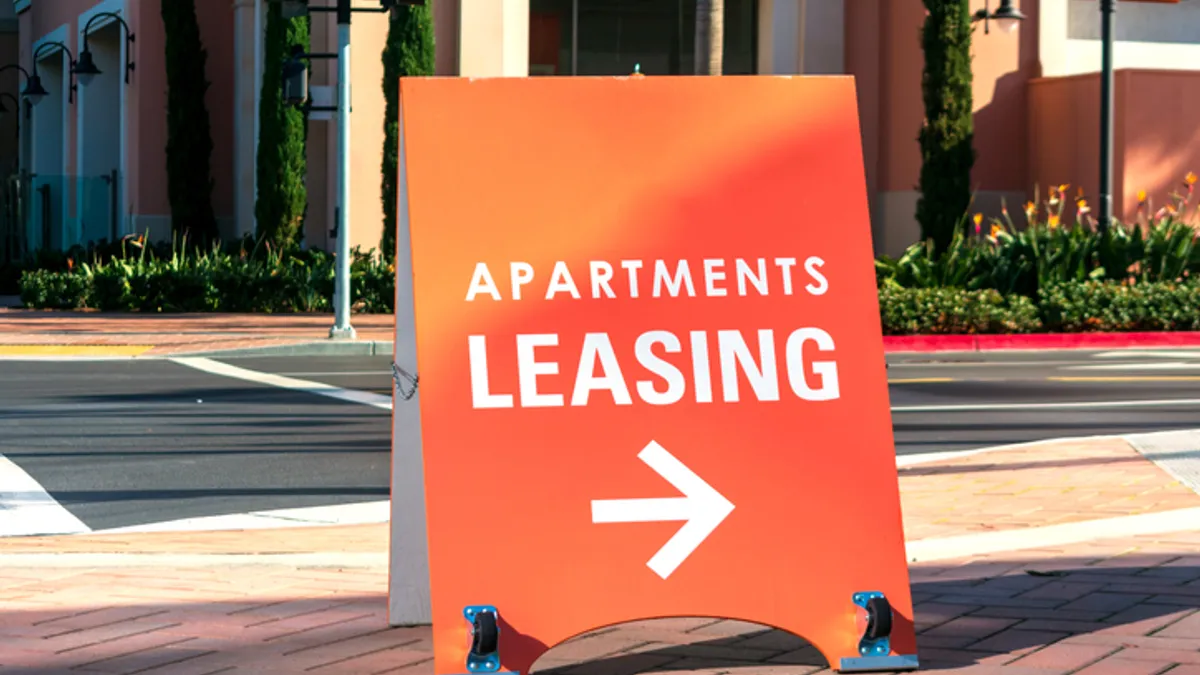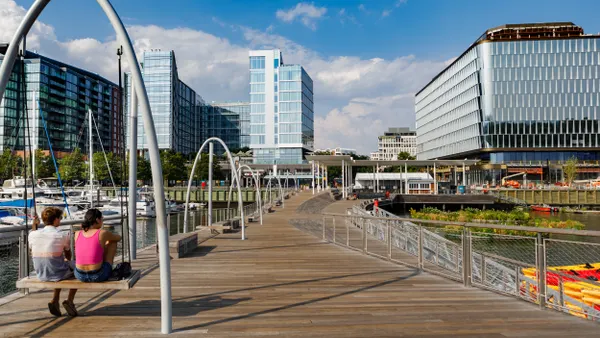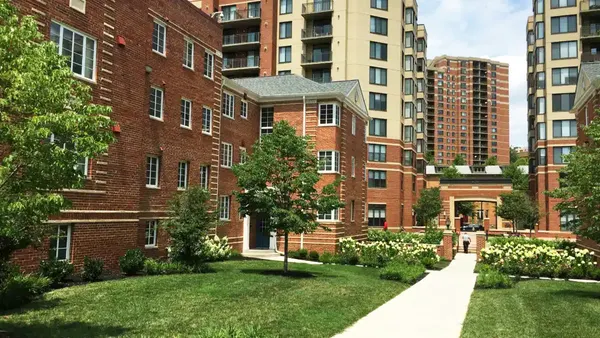Apartment REIT earnings season kicked off with the news that Equity Residential, a company that went public more than 30 years ago, posted its lowest turnover rate ever in the first quarter of this year.
The Chicago-based firm’s 7.9% turnover rate proved to be a harbinger of strong retention results throughout the industry. Palo Alto, California-based Essex Property Trust saw what CEO Angela Kleiman said was “a notably low turnover rate of 35%, while achieving positive new lease rate growth and stable occupancy levels.”
Memphis-based REIT MAA reported improving turnover at 41.5% in Q1. Two years ago, that rate sat at 46%. Houston-based Camden Property Trust also saw retention near historical highs.
“Turnover rates across our portfolio remained very low, and our first quarter 2025 annualized net turnover rate of 31% was one of the lowest in our company's history,” Camden Executive Vice Chairman of the Board Keith Oden said on the REIT's earnings call last month.
But it's not just public firms noticing turnover fall. Private companies are experiencing it as well. “We've seen retention and renewal rates that have been higher than normal,” said Chris Finlay, CEO of Middleburg Communities, a Tysons Corner, Virginia-based owner, manager and developer.
While some apartment operators are seeing surprisingly high retention rates when large numbers of new units are available, there isn’t one uniform reason for the trend. Here are four trends executives say are helping keep residents’ heads in beds.
The high cost of homeownership
Many residents are staying in place because buying a home has become unaffordable.
In April, Redfin published a report saying Americans must earn $116,633 annually to afford the median-priced home for sale. In comparison, they needed more than the $64,160 to afford the typical apartment for rent. That’s an 81.8% difference. The typical U.S. household earns $86,382.

The median home-sale price has been growing at roughly 4.5% year over year for months, and the average 30-year-fixed mortgage rate is around 6.5%, according to Redfin. However, the median asking rent rose just 0.2% YOY to $1,604 in February, making leasing an attractive option.
“It has become increasingly challenging for American renters to make the shift to homeownership thanks to the triple whammy of rising home prices, high mortgage rates and a shortage of houses for sale,” said Redfin Senior Economist Elijah de la Campa in the report.
The relative affordability of renting is helping to drive retention. Camden saw move-outs for home purchases at 10.4% in Q1, which is low for the REIT. “The premium to own versus rent continues to be at historically high levels, making apartment homes more affordable,” CEO Ric Campo said on the firm’s Q1 earnings call.
The high cost of single-family homeownership isn’t the only thing keeping residents in their apartments. AvalonBay has seen homeownership pull 8% to 9% of renters out of its apartments over the last several quarters, which is low for the REIT.
“But the overall level of turnover has continued to come down,” chief operating officer Sean Breslin said on the REIT’s earnings call last month. “So I would think of it as the move-out piece on the home side being relatively stable.”
Economic uncertainty
With concerns about the economy, inflation and the potential effects of the Trump administration’s tariffs, some residents might feel safer staying in place rather than moving out.

“With some of the increased uncertainty in the economy, people just tend to stay put where they are,” said Tim Argo, chief strategy and analysis officer at MAA, on the REIT’s Q1 earnings call. “I think that's helping to benefit our turnover, and people are just a little more hesitant to make big life decisions.”
Camden’s Oden also wondered if economic uncertainty had led residents to decide to renew their leases and reconsider moving “somewhere down the road” when the picture is clearer.
Others see similar patterns. “When things are uncertain, people just hunker down right there,” Finlay said. “They're not looking to upgrade or to go buy a house.”
The uncertain economic climate also played a role in EQR’s resident retention, and that could continue into future quarters. “When there’s ambiguity, people tend to bunker down,” EQR Chief Operating Officer Michael Manelis said on the firm’s Q1 earnings call last month.
Retention focus
In some cases, firms prioritized occupancy going into the year, which helped lead to strong retention. One of those companies was UDR, which posted a 97.2% occupancy rate, 0.2% higher than its 2024 Q1 average and 40 basis points above Q4 2024.
“This strategic decision to build occupancy during the seasonally slower leasing period helped to drive revenue and NOI outperformance to start the year, and positions us well as we enter our traditional leasing season,” Chief Operating Officer Mike Lacy said on UDR’s Q1 earnings call earlier this month.
While UDR’s occupancy beat JPMorganChase’s 96.7% estimate, its blended lease spreads of 0.9% fell below the global financial services firm’s 1.3% projection, showing that it may have been giving up rent growth to lower turnover.
“The better top-line performance was mainly driven by better occupancy, perhaps at a small cost to spreads,” said Anthony Paolone, executive director at JPMorgan, in a research note shared with Multifamily Dive.
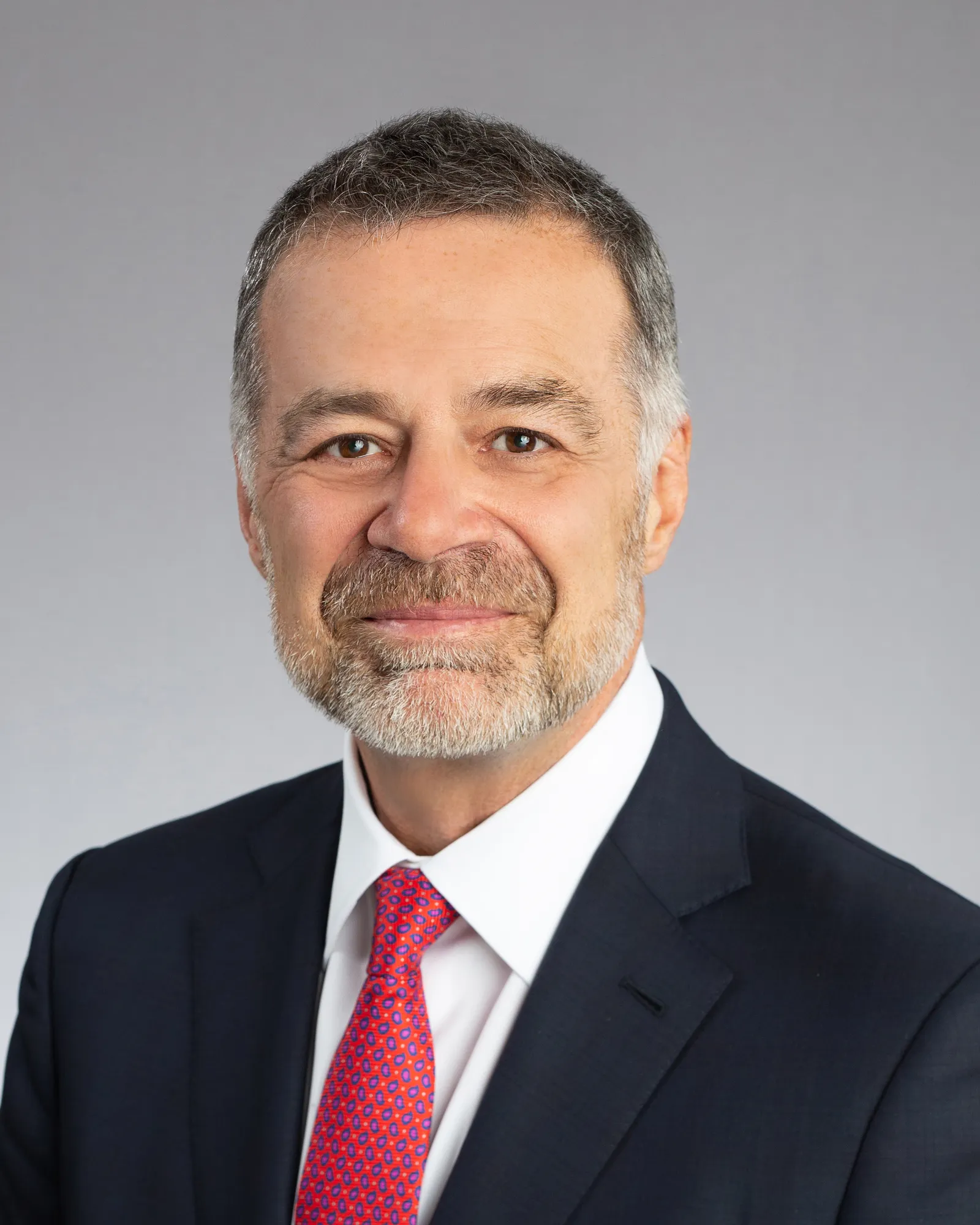
REITs can often adjust rents or offer incentives to maintain occupancy in the winter and readjust to drive rents in the spring, but smaller private operators may be in more of a survival mode by keeping residents in place.
“Keeping someone is cheaper than bringing someone in off the street,” said Taylor Verhaalen, president of Las Vegas-based operator Stout Management. “So they may tell you retention is up, which I think it is, but they're using tools that maybe they chose not to previously, like renewal concessions or bonuses to get people to stay.”
Economic uncertainty can keep residents in place. But it can also make operators more likely to keep good renters in their apartments.
“There is stress on the tenant these days,” Verhaalen said. “So, someone in your building who has paid rent on time, or at least paid it over the last lease term, that's a true value. With someone coming off the street, you never know.”
Centralized management systems
Apartment firms, with REITs leading the way, have spent millions adopting sophisticated centralization systems that measure and improve the resident experience.
On his firm’s Q1 earnings call in late April, Manelis said renewals continued a previous trend and “supported the strength of our centralized renewal process and intense focus on delivering our residents a quality experience.”
Other firms see similar drivers. Tom Toomey, CEO of UDR, often lauded as a trailblazer in centralization, credited the firm’s customer experience project with helping reduce resident turnover, which fell 300 basis points year over year. The REIT has made investments in how it measures, maps and orchestrates the customer experience.

“We have an ability to orchestrate and enhance UDR’s living experience through more than 1 million daily touch points with our existing and prospective residents, which helps improve the retention and lower costs to drive margin expansion and cash flow growth,” Toomey said on the firm's Q1 earnings call last month. “To enable this, we have equipped our associates with actionable data and more responsibilities.”
REIT executives credit an overall emphasis on customer service beyond mere technology as a retention driver.
“Our focus on customer service is paying off as reflected in our sector-leading Google scores, contributing to our growing retention rates,” MAA's CEO Brad Hill said on the REIT’s earnings call last month.






